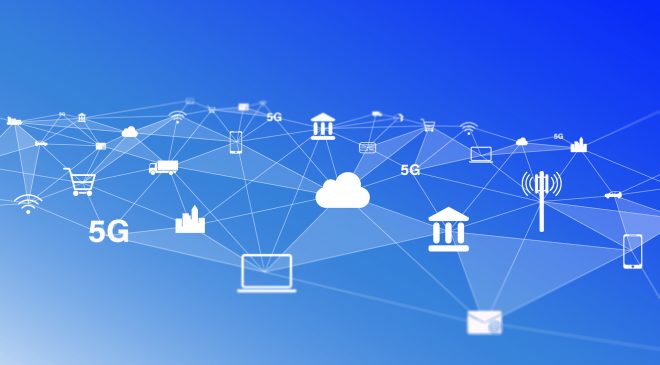
Will be crucial to transforming business, organization, and technology in APAC.
Renewables are changing the traditional energy landscape and significantly impacting operations, customer engagement, and business models. As a result, power enterprises face increased pressure that also affects investment choices, competitive dynamics, and ecosystems. IDC’s report titled A Framework for the Future Power Enterprise in Asia/Pacific provides an analysis of the Future Power Enterprise in Asia/Pacific, focusing on areas that power companies will need to develop to survive and thrive over the coming years.
“The Asia/Pacific power sector faces a period of accelerated change, driven by anticipated growth in renewables. This will have a significant impact on business, organizational, and technology transformation,” said Jayesh Verma, senior research manager at IDC APAC Energy Insights.
The International Energy Agency (IEA) estimates that more than 50 per cent of renewable energy investments expected over the coming three years will occur in Asia. The growth in renewables will significantly impact the Asian utilities market because of grid management implications and commercial requirements to focus on innovation at a technology and business model level.
IDC Industry 4.0 Survey reveals reducing operational risk is the top business priority for 63 per cent of Asian utilities while 56 per cent of utilities organizations are looking at the integrated operational environment as one of the top areas for innovation. IDC defines nine key areas that companies need to take into consideration as they move toward the future enterprise, and further organizes them into three areas of transformation focus.
- Transforming the business: focuses on the fundamental changes at the business level that will involve bringing together the future of customers, digital innovation, and industry ecosystems.
- Transforming the organization: entails organizational changes required to enable digital capabilities and build the digital-centric platform of the business, bringing together the future of operations and work.
- Transforming the technology: means new technological capabilities and digitalization across the business, bringing together the future of connectedness, intelligence, and infrastructure.
IDC believes that growth in sustainable investments will significantly impact the priorities of power utilities. It will involve the capacity to:
- Manage the grid for reliability, resiliency, and safety
- Oversee data and its implications for customers, products/services, operations, and forward-looking business models
- Respond to new entrants in the market, and
- React to the demand for a business model and regulatory change, impacting customer offerings and relationships
The future power enterprise will need to be agile, flexible, reliable, and resilient. It will be distributed, more customer-centric, and will demand new products and services. Power enterprises will need to build capabilities to manage the complex and distributed environment. Developing these capabilities will require intelligent connected infrastructure, a platform that enables integration and innovation across the business and ecosystem, and data-related capabilities to deliver agile innovation. Automation, artificial intelligence (AI), and analytics capabilities will be crucial.
“These changes will require power enterprises to look at their entire business, particularly to tackle the technology transformation with the grid as the foundation that will enable a connected, intelligent, and automated utility operation to be able to respond with agility to internal and market changes,” Verma said.
Tags: digitalIDCTechnology




